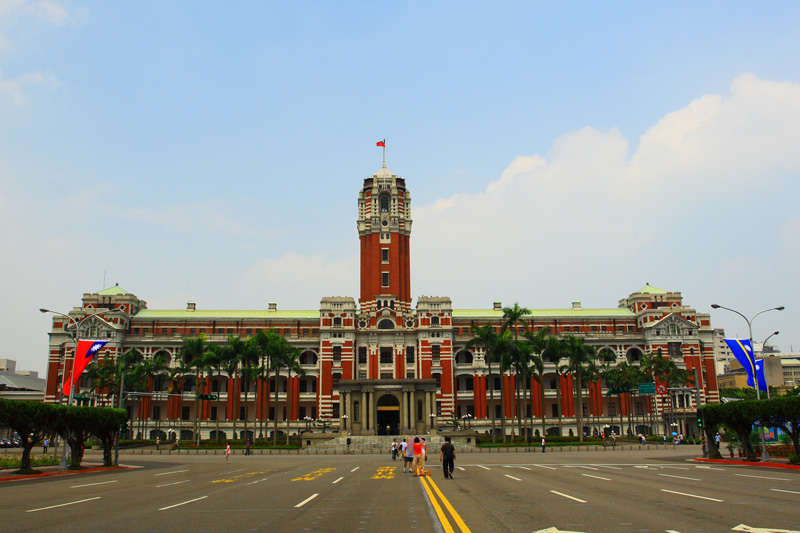The National Taiwan Museum inside the 228 Memorial Peace Park is on the original site of a Matsu Temple, a center of worship during the late Qing dynasty. The Japanese demolished the temple and built the Kodama Gotou Memorial Hall in its place. Following Taiwans restoration to China this building became the National Taiwan Museum. Since its inauguration in 1915 the museum has concentrated its collections and studies on Taiwan, southern China, and the South Pacific. Its various departments encompass history, aboriginal peoples, zoology and botany, anthropology, geology, South Pacific cultures, and other subjects. It is the oldest natural history museum in the entire Taiwan area. Its Greek-style architecture also makes it one of Taipeis most unique buildings.
228 Peace Memorial Park is a historic site located in the Zhongzheng district of Taipei, Taiwan. The park is home to the Taipei 228 Memorial Museum, housed at the site of a former radio station that operated under Japanese and Kuomintang rule. The park contains a number of memorials to victims of the 228 Incident of 1947, including the Taipei 228 Memorial that stands at the center of the park. The National Taiwan Museum stands at the parks north entrance. The park also features a bandshell and exercise areas.

The Presidential Office Building is located on Chongcing S. Road and facing Ketagalan Boulevard. On the back it is Boai Road, on the left it is Baocing Road, and on the right it is Gueiyang Street. The Presidential Building is close to Taipei Main Station and Hsimending. The building was built during Japanese colonization period. It was the governors mansion at that time. During the ending period of World War II, the building was seriously damaged due to bombing. After Taiwan was reclaimed by R.O.C., the building was re-constructed in 1946. The building was re-named as "Jieshou Building" in celebration of the 60th birthday of former president Mr. Chiang Kai-shek. The building has been used as the presidential mansion after the central government of R.O.C. was re-instated in Taiwan. The main body of the Presidential Office Building is a five-floor structure and the central tower is eleven-floor high. The area is 6,930 square meters. The outer portion is covered with steel concrete. Gravel is used as decoration horizontally. A sense of grandeur and vigorousness is presented via the red-white composition. The Presidential Building was announced by the President as "national historical site" in 1998 and was open for public tour since then. The general public will be able to see in person the location where the president works. The distance between the President and his people will be shortened. After touring the Presidential Office Building, one can further visit the following interesting nearby sites: Taiwan Bank, NTU Hospital, Taipei Guest House and February 28 Peace Park.
It is an impressive monument to a historic Chinese leader.The majestic hall towers over 25 hectares of landscaped gardens, graceful pavilions,and ponds.A statue of late President Chiang looks out over the city from the main building. An elegant Ming-style arch at the main entrance is flanked by two classical-style buildings, the National Theater and the National Concert Hall. The square between the buildings is a popular gathering place during festive occasions.
Zhongshan Hall (Chinese: 中山堂; pinyin: Zhōngshān Táng) is a historical building which originally functioned as the Taipei City Hall. It is located at 98 Yanping South Road in the Ximending neighborhood of the Zhongzheng District, Taipei, Taiwan. In 1992, it was recognized by the government as a historic site.